1. Fireplaces Are Losing Their Charm
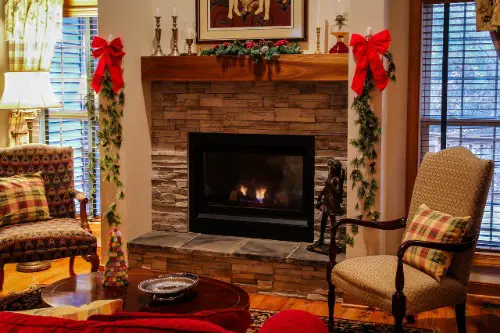
Wood-burning fireplaces were once a cozy, desirable feature—but they’re increasingly seen as inefficient and environmentally unfriendly. They release particulate matter and carbon emissions, and in wildfire-prone areas, they can even be a hazard. Some cities have banned new wood-burning installations altogether. The romance is fading fast.
Electric and ethanol fireplaces are stepping in as cleaner, safer alternatives. They offer ambiance without the emissions. In a climate-conscious world, even comfort features are being reimagined. The new hearth is high-tech and low-impact.
2. Open Floor Plans Are Losing Their Appeal
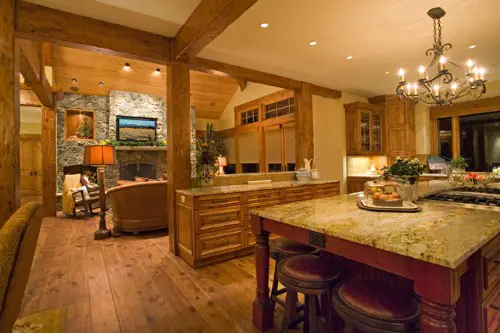
Open-concept living was once the gold standard for modern homes, but climate change is shifting that narrative. As extreme heat and cold become more common, homeowners are realizing that large, open spaces are harder—and more expensive—to heat and cool efficiently. Zoned temperature control is nearly impossible without walls to contain it. That means higher energy bills and less comfort.
Now, more buyers are looking for semi-open layouts or defined rooms that allow for better climate control. It’s not about closing everything off—it’s about smarter, more adaptable design. Comfort and efficiency are taking priority over visual flow. And that’s a big shift in how we think about space.
3. Floor-to-Ceiling Windows Are Being Rethought
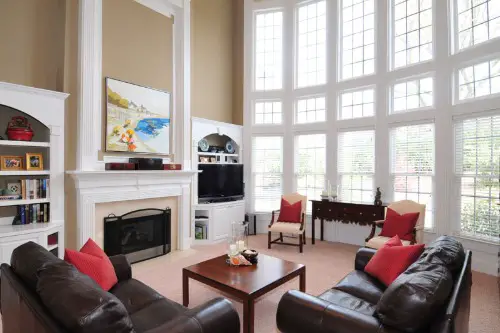
Expansive glass walls used to scream luxury and modernity, but they’re also major energy drains. In hot climates, they let in too much heat; in cold ones, they leak warmth. Even with double glazing, they can make temperature regulation a challenge. And with more frequent heatwaves, that’s becoming a serious concern.
Designers are now favoring strategic window placement, overhangs, and high-performance glazing. The goal is to bring in light without sacrificing insulation. Beauty is still important—but it has to work with the climate, not against it. Smart glass is in; glass for glass’s sake is out.
4. Lawns Are Being Replaced by Climate-Resilient Landscaping
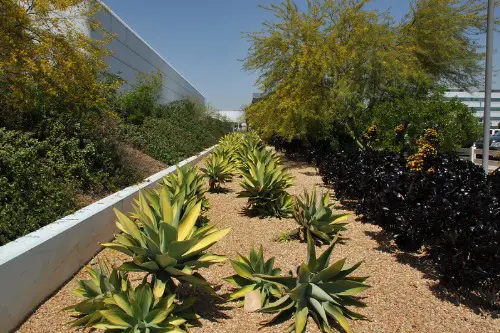
The traditional green lawn is quickly losing favor, especially in drought-prone regions. It requires constant watering, mowing, and fertilizing—none of which align with a changing climate or sustainable living. Cities across the U.S. are even offering rebates to homeowners who remove turf. It’s a quiet revolution in curb appeal.
In its place, native plants, xeriscaping, and pollinator-friendly gardens are taking root. These landscapes are lower maintenance, more resilient, and better for local ecosystems. The new status symbol isn’t a perfect lawn—it’s a thriving, climate-smart yard. And it’s changing what “well-kept” looks like.
5. Dark Roofs Are Falling Out of Favor
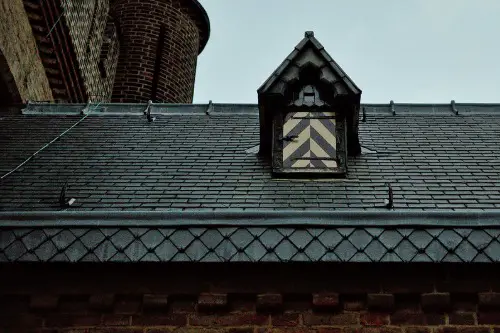
Dark-colored roofing used to be a default choice, but it absorbs heat and contributes to the urban heat island effect. As summers get hotter, that’s becoming a real liability. Homes with dark roofs can be significantly warmer inside, leading to higher cooling costs. It’s a design choice that’s no longer sustainable.
Lighter-colored, reflective roofing materials are gaining popularity for their ability to deflect sunlight and reduce indoor temperatures. Cool roofs, green roofs, and even solar-integrated shingles are becoming the new norm. It’s not just about aesthetics anymore—it’s about performance. And climate is driving the change.
6. Basements Are Being Reconsidered in Flood Zones
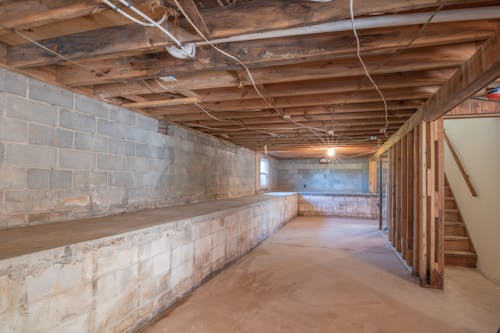
For decades, finished basements were a prized bonus space. But with rising groundwater levels and more frequent flash floods, they’re becoming a liability in many regions. Water damage, mold, and insurance headaches are making homeowners think twice. What was once extra square footage now feels like a risk.
Builders are shifting toward raised foundations, slab-on-grade construction, or above-ground bonus rooms. In flood-prone areas, resilience is more valuable than extra space. It’s a quiet but significant shift in how we build and renovate. Safety is becoming the new luxury.
7. Detached Garages and Sheds Are Being Reinforced
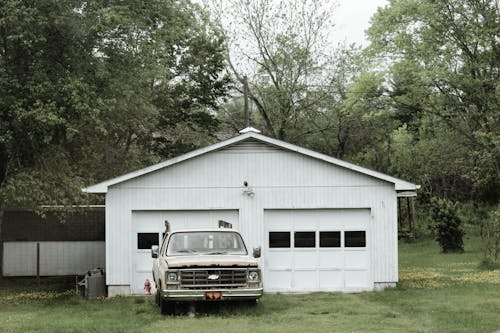
Outbuildings used to be simple structures—great for storage or hobbies, but not built to withstand much. Now, with stronger storms and unpredictable weather, homeowners are reinforcing these spaces with better materials and anchoring systems. Wind, water, and fire resistance are becoming must-haves. It’s no longer just about convenience.
These structures are also being designed with dual-purpose use in mind—like backup power storage or emergency shelter. Climate resilience is becoming part of every square foot. Even the shed is getting smarter. And stronger.
8. Air Conditioning Is No Longer Optional—But It’s Getting Smarter
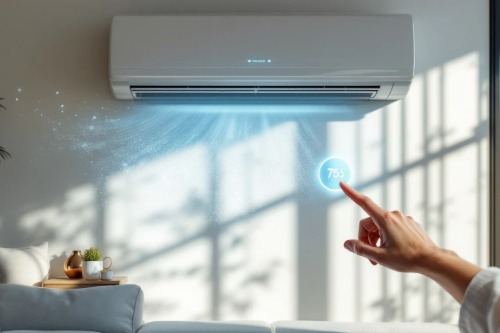
In many regions, A/C used to be a luxury or seasonal perk. Now, with record-breaking heat becoming the norm, it’s a necessity. But traditional systems are energy hogs, and that’s not sustainable long-term. The solution? Smarter, more efficient cooling.
Heat pumps, zoned systems, and passive cooling strategies are gaining traction. Homes are being designed to stay cooler naturally—with better insulation, cross-ventilation, and shading. It’s not just about staying cool—it’s about doing it responsibly. Climate change is rewriting comfort from the inside out.
This post 8 Home Trends That Are Quietly Being Rewritten by Climate Change was first published on Greenhouse Black.
